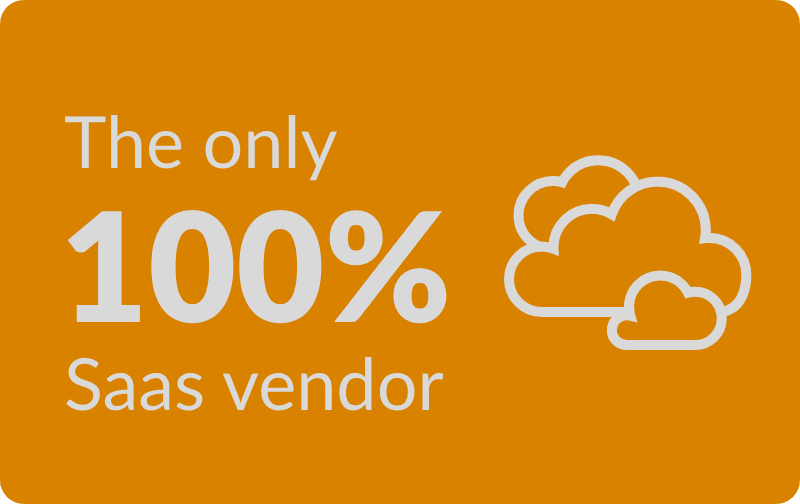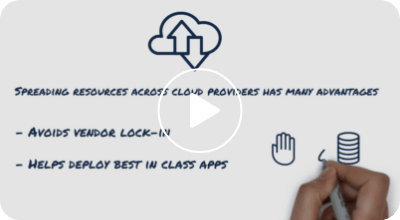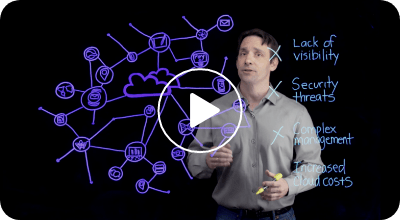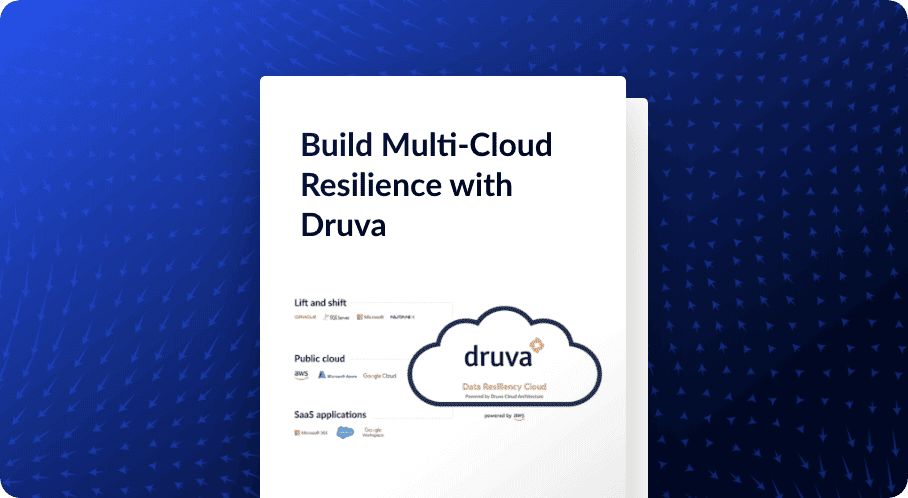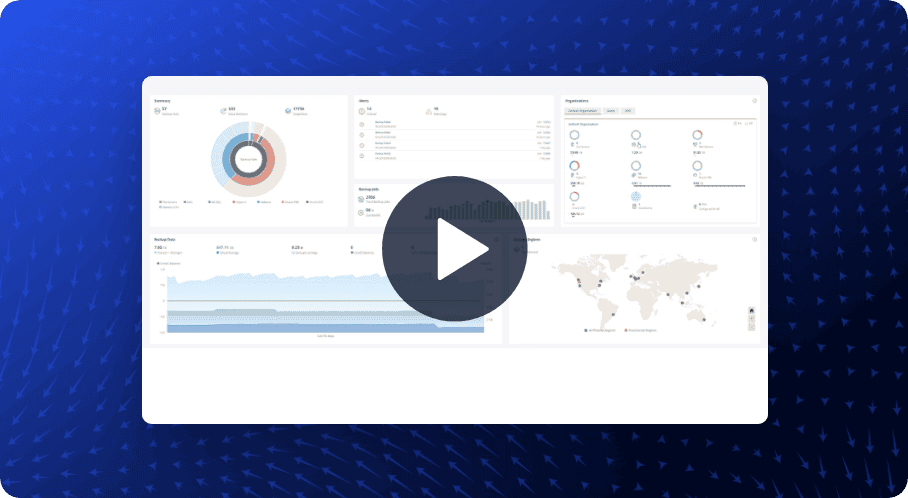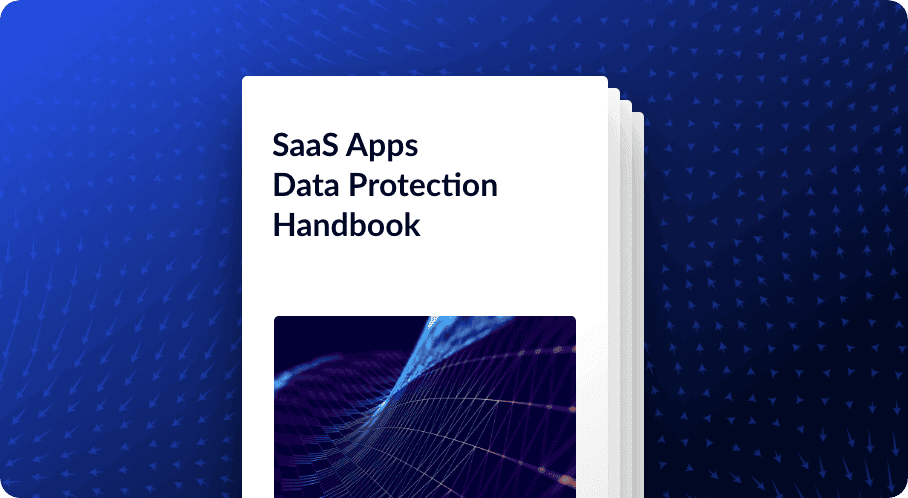Ransomware defense & high availability
Protect your data from cyber-threats, make it available to authorized users, and comply with SLAs to ensure business continuity.
Reduce total data protection costs
Forget egress, hosting and restore costs. Get in control thanks to a transparent consumption-based pricing model.
Cloud-native data protection for the all-cloud world
100% agentless solution, reduces complexity and costs by eliminating dedicated hardware, software, and maintenance across multiple clouds.
Multi-cloud data protection FAQ
Multi-cloud can provide flexibility and scalability, enabling organizations to move data between providers and adapt to changing business requirements. However, it can also introduce difficulty in terms of cost, integration, security, and compliance. To effectively manage a multi-cloud data environment, one must carefully plan their architecture, governance, and security policies to ensure integrity, availability, and confidentiality across providers.
Multi-cloud and hybrid cloud approaches both involve the use of multiple cloud computing platforms, but differ in how they’re fundamentally integrated. In multi-cloud, each cloud provider operates independently and there is limited or no integration between them. While a hybrid cloud approach involves integrating multiple providers, and often on-premises resources, into a unified infrastructure, workloads can flow seamlessly between each.
Organizations should adopt a comprehensive security strategy including measures like data encryption, access controls, and regular backups. It's important to implement consistent policies across all providers and conduct regular audits to identify and address any vulnerabilities. Organizations should also consider using cloud-native security solutions and partnering with trusted vendors to ensure the security and compliance of their environment.

